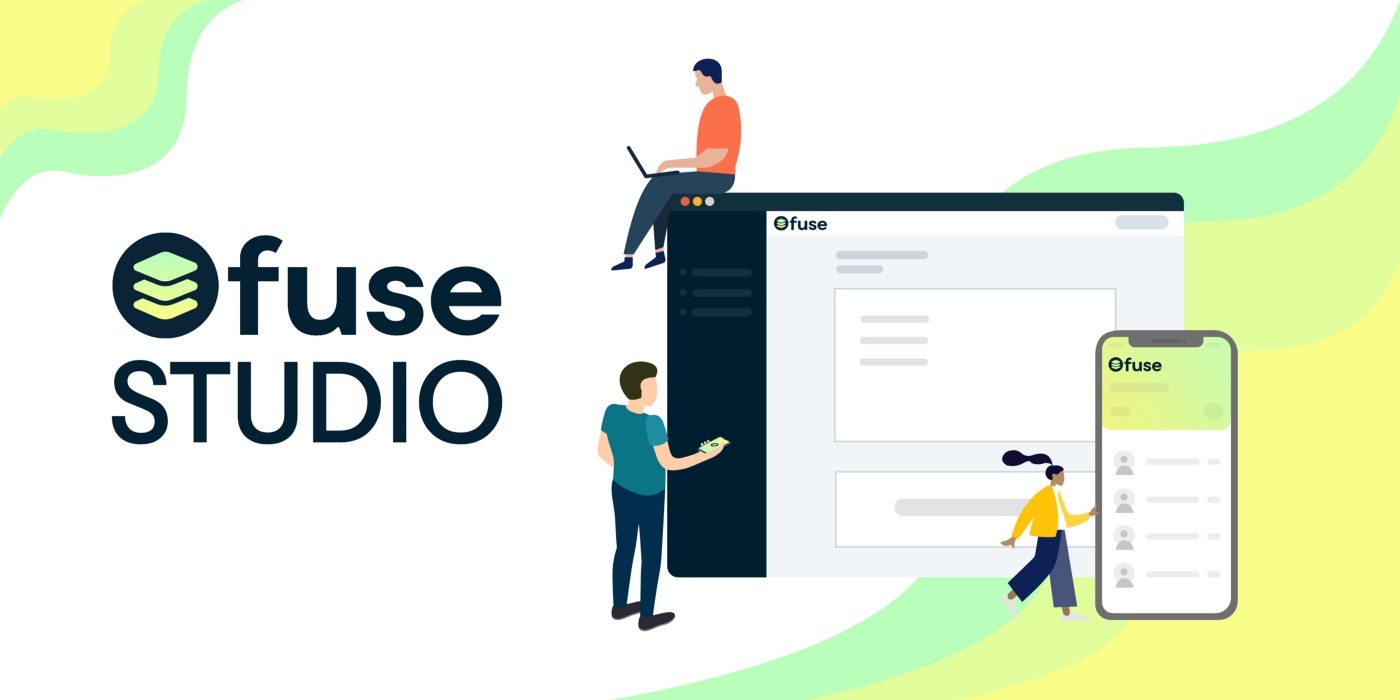Fuse Studio is an integral part of our technology stack. It empowers non-technical impact leaders and entrepreneurs to bring the power of open-source money to the masses. It also makes blockchain accessible to anyone with basic computer skills, improving understanding of the technology’s practical value and opening up a world of possibilities in the minds of builders and creators.
Key studio Features include:
- Minting ERC-20 tokens.
- Bridging assets between Ethereum and Fuse.
- User on-boarding to wallet via 1-click links and QR codes.
- Joining bonus, referral bonus and other community growth incentivization features.
- Fiat on ramps.
- Branding customization tools, and more.
Since launching in mid-2020, the Studio has had a lot of traction with over 400 communities created to date. However, we have also learned through surveys and ongoing feedback about some of the product’s shortcomings and areas in which users were getting stuck, which is why the product has recently undergone an overhaul.
Here are some of the upgrades introduced in the latest version of the Studio released this week:
Email Linked User Accounts
Communities created on Fuse are and will always be decentralized. They are launched, built and managed on top of smart contracts which are owned by the operator. However, we as product builders needed a way to improve user tracking in order to measure and understand what works well and where users were having the most difficulty. For this reason, users now sign-up using single sign on (SSO) with Google before launching the community through their Metamask or Torus wallet. This will help us improve the flow and user experience within the Studio, ultimately saving users time and leading to less frustration as well making it easier for our team to provide technical support.
Minting on Fuse
Many of our users raised the issue of having to pay exorbitant fees to mint tokens on Ethereum main net before bridging them over to Fuse Network. In order to solve this problem, tokens are now minted directly on Fuse. These can then be sent over to Ethereum main net at the discretion of operators and users if and when it becomes necessary.

Bridge to Ethereum
Fuse Network features all of the characteristics needed to operate a high performance payments system. The fact that users are able to bridge tokens over to Ethereum is an added benefit but will, in many cases, never be required. Therefore, bridging to Ethereum is now an optional plugin, aimed at users that require this specific functionality, whilst making the flow less confusing for users that simply do not need it.
Pricing Information
“How much does it cost?”
This is a daily question from users of the platform who are serious about building and growing communities on Fuse. As many of our supporters know, the economic model evolves entirely around FUSE token which is the asset used to pay for fees on the network. We have now integrated a pricing page with an interactive simulator, allowing users to see how much they would hypothetically be paying based on the number of transactions as the community grows.

Transaction Funder Balance
Up until now, Fuse foundation has paid for transaction fees for all communities from a central transaction funder balance. This was done in order to simplify the experience in the early stages so that community builders could focus on navigating more important stages of the user journey. This was of course not sustainable neither for the user nor for the foundation. In order to scale long-term it’s important to understand what the costs are going to be. First operators are now able to fund their own transactions and will see the transaction funder balance change in real time as payments are made by their community members.
FuseSwap Liquidity Plugin
Many Fuse community members and project leaders have expressed interest in providing liquidity for their own tokens on FuseSwap either to provide secondary trading opportunities for their users or as part of initial price discovery and token release. This is now possible directly from within the Studio.
On-going Feature Requests and Product Roadmap.
Finally, we have implemented a feedback tool in order to improve the way in which feature requests are made and ensure that users play a bigger role in defining the product road map. A “Feature Request” button is now available from within the Studio allowing users to make suggestions as to what they would like to see added. These will be reviewed regularly by the team and integrated into an open and accessible road map of upcoming features tagged “planned”, “in progress” or “completed”.
There is no better source of inspiration for features than the user so we’re excited to improve the flow of communication around the product and see what kind of innovative journey it leads.
Follow our social media channels to stay updated on recent news and developments at Fuse:
.svg)
.svg)











